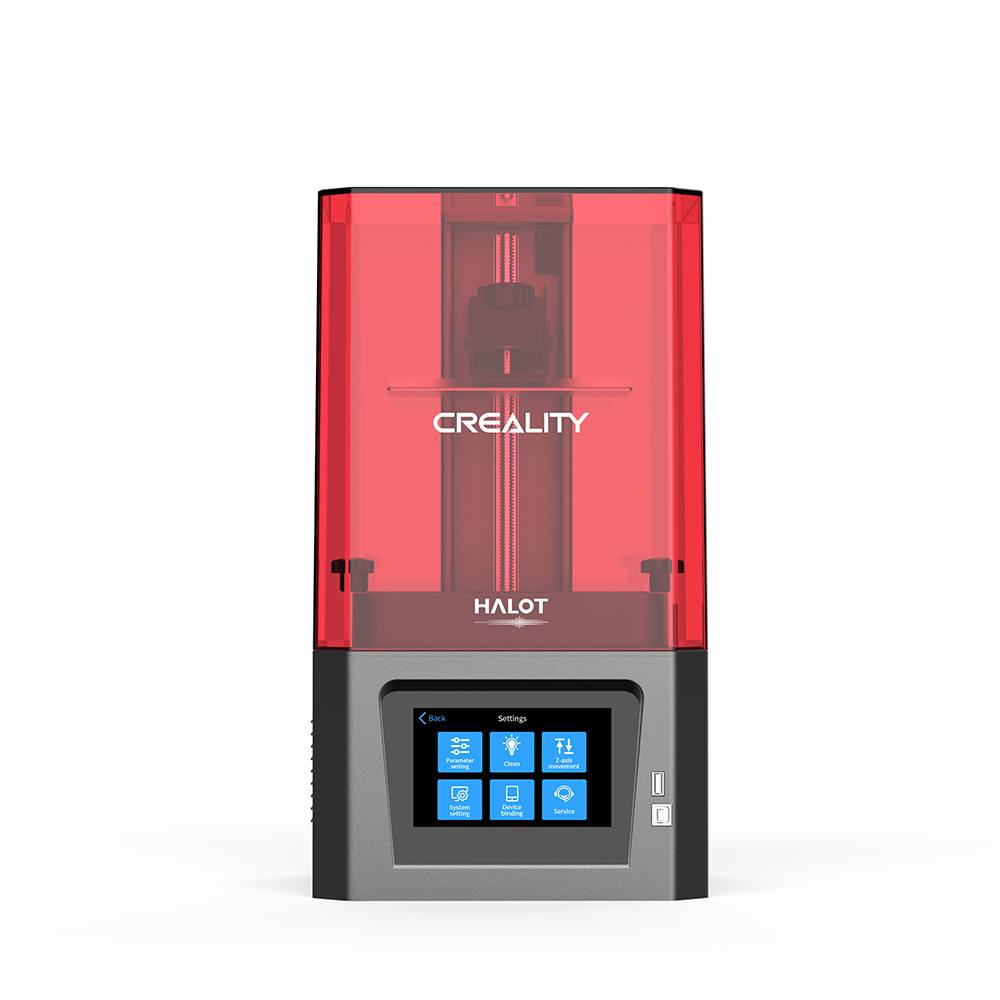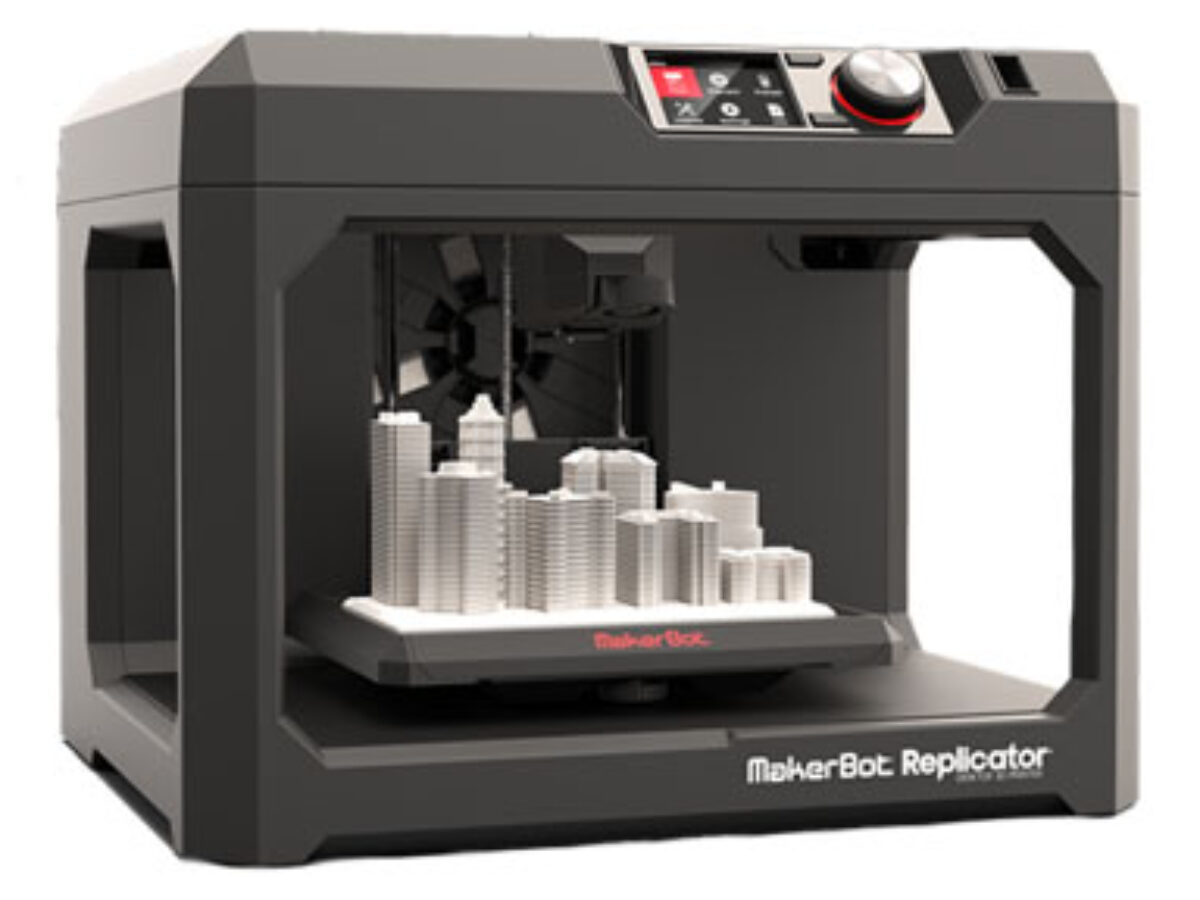Compare Halot One vs Replicator Plus
Comparison between the best 3D printers
Choose the best 3D printer at the best price. The cheapest 3D printers are here.
Buy a 3D printer here with 3D Fila.
 |
 |
|
| Model | Halot One |
Replicator Plus |
| Printing Material | Resin | Filament |
| Buy Resin for Creality 3D Halot One | Buy Filament forMakerbot Replicator Plus | |
| Estimated price | $250,00 | $2099,00 |
| Manufacturer | Creality 3D | Makerbot |
| Release Year | 2021 | 2016 |
| Print Volume [mm] | 127x80x160 | 165x295x195 |
| Printer Size [mm] | 221x221x404 | 410x528x441 |
| Weight [kg] | 7,1 | 18,3 |
| Power Loss Recovery | NO | YES |
| Maximum Resolution [mm] | 2k | 0,1 |
| Processor | ||
| Display | ||
| Power Supply | 110/220V / 240W | |
| Connectivity | USB / Wi-Fi | |
| Operating systems | Windows, Mac, Linux | Windows, Mac, Linux |
| Date of registration in the system | 2022-10-11 | 2022-11-15 |
| Release date | 2021 | 2016 |
| Extra features | Crealitys Halot-One printer stands out with several innovative features. It has a high-resolution touchscreen, providing an intuitive and responsive interface. Its quiet printing capability is remarkable, ideal for environments where noise is a concern. Assembly and setup are simple, with automatic functions facilitating quick start. Among its features, remote monitoring and adjustments via the Creality Cloud app stand out, simplifying remote print management. Replacing the FEP in the resin vat is easy, and the printer even includes extra FEP sheets. Top cover removal detection increases safety by automatically pausing printing. In addition, its integral light source promises high uniformity, optimizing print quality. | The Replicator Plus printer is easy to use and has very good print quality. Its software is user-friendly and powerful, with USB, Ethernet, Wi-Fi and support for printing via pen drive. With a safe design for an open frame printer, it is relatively quiet. The Smart Extruder+ detects filament end and pauses printing automatically, in addition to notifying via apps. It has a large print volume, with a non-heated and coated print bed for easy removal of parts. It also has a webcam for remote monitoring of prints. |
| Support for multiple colors and materials (AMS and CFS) | NO | NO |
Notes * |
||
| Cost-benefit | 8 / 10 | 6 / 10 |
| Hardware | 0.6 / 10 | 2.5 / 10 |
| Tela | . | . |
| Print volume | 3 / 10 | 3 / 10 |
| Performance | 9 / 10 | 1 / 10 |
Conclusion |
| In comparing the Creality 3D Halot One and the Makerbot Replicator Plus, it becomes clear that each printer has strengths suited for different user needs and priorities. The Halot One stands out for its exceptional performance and cost-effectiveness. With a significantly lower price point, it offers high print quality and innovative features such as an intuitive touchscreen, remote monitoring capabilities, and easy maintenance. Its compact and lightweight design makes it suitable for home users or small workshops, particularly in environments where noise control is essential. Additionally, its high resolution and excellent print capabilities, alongside an impressive power recovery feature, provide users with confidence in the reliability and quality of their prints. On the other hand, the Replicator Plus, while considerably more expensive, offers robustness and a spacious print volume that may appeal to users needing larger-scale projections. Its open-frame design allows for a safe operation, and its integrated Smart Extruder+ enhances user experience by managing filament shortages adeptly. The versatility in connectivity options and the inclusion of a webcam for print monitoring are significant advantages, making it a good choice for more advanced users or those in educational settings who may require such features. In conclusion, if budget and advanced performance are the primary considerations, the Halot One is the evident choice, offering an excellent balance of features and affordability. However, for users willing to invest more for enhanced build quality, a larger print volume, and additional connectivity options, the Replicator Plus could be justified, particularly in professional or educational contexts. Thus, the best choice depends heavily on specific user needs and their intended applications for 3D printing. |

